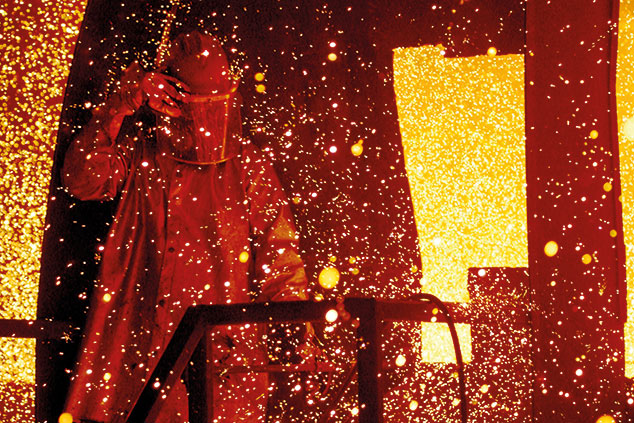
Donald Trump “is about to find out how easy trade wars are to win”, says Economist.com. Citing national security, he has announced a 25% and a 10% levy on steel and aluminium imports respectively. The affected regions are the European Union, Canada and Mexico, and the measures cover trade flows worth $23bn in 2017.
Supposedly designed to protect jobs among his supporters in key industries, the tariffs’ overall impact will be negative. They “will not bring jobs back to America in any number”, says The Sunday Times. And any help they give the US steel and aluminium industries will be outweighed by the higher costs imposed on manufacturing, whose raw materials will now become more expensive, and on consumers, to whom manufacturers will pass on higher costs.
“A 25% increase in input costs is nothing to sniff at,” says The Wall Street Journal. After all, American businesses use imported aluminium and steel “in everything from cars to beer cans to Hershey’s Kisses wrappers”.
Expect retaliation
With the US economy humming along, the GDP forfeited by the higher aluminium and steel costs is considered negligible, as is the impact on inflation. “But the retaliation is likely to sting,” says Economist.com. Canada and Mexico have published lists outlining their intention to impose tariffs on US steel, aluminium, sausages, pizza and whiskey. Canada’s proposed duties on $12.8bn of American exports (4.5% of the US-Canada total) “would constitute the largest trade measure” the Canadians have undertaken since World War II. The EU is contemplating a 25% tariff on €3bn of US imports. It is targeting products such as Harley-Davidson motorcycles and Florida orange juice, which are made in states crucial to Republicans in the mid-term elections, says Gina Chon on Breakingviews. If the EU and Canada go ahead, the US could well hit back.
Lessons from the Great Depression
The 1930s provide a clear example of the extent to which protectionism crimps trade and overall growth. A series of tit-for-tat measures triggered by the US Smoot-Hawley Act helped reduce the value of world trade from $5.3bn to $1.8bn between 1929 and 1933. Estimates of the economic toll of a trade war in the modern era vary widely. Still, says Robert Lea in The Times, a mere 0.1% reduction in global GDP “would be the equivalent of burning a $100bn banknote”.
It may not come to that, says Irwin Stelzer in The Sunday Times. “It would be consistent with the president’s negotiating style to gain a few concessions, declare victory… and move on to the next international arrangement his core voters want to see wrecked.” He may be using tariffs to force Mexico and Canada to accede to his demands for a revised Nafta agreement. Global markets, buoyant early this week, may be assuming that – not for the first time – he will soon focus on another issue. Let’s hope so.